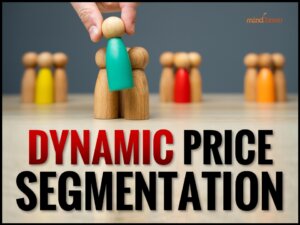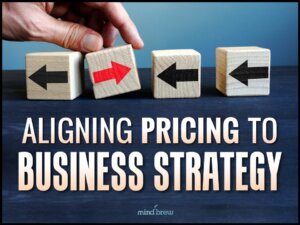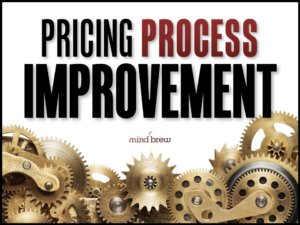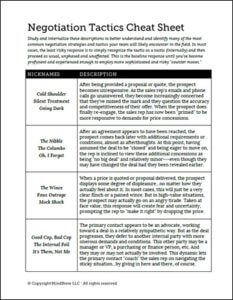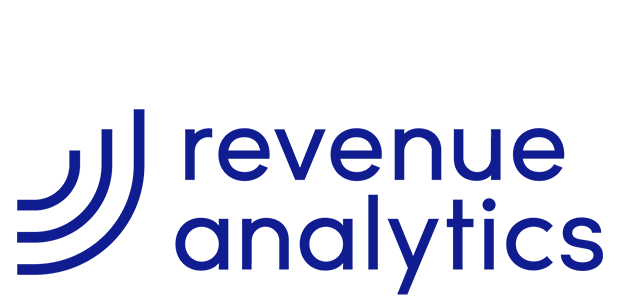In our Making Sense of AI for B2B Pricing training session, we highlight a predictable pattern that tends to play out every time a powerful new technology comes onto the scene…
First, there’s this period of euphoric build-up, with lots of hyperbolic headlines, high-profile success stories, and cheerleading vendors and consultants. Everyone seems to be excited about the possibilities. And everyone is scrambling to get onboard, get in the game, and avoid falling behind.
Then the buzz and euphoria wears off after a while. The results and impacts don’t seem to line up with the hype and expectations. And as a result, people then start questioning whether the technology is really all that potent or valuable. Gartner refers to this drop off as the “trough of disillusionment,” and while it might sound like something out of a Tolkien novel, it’s a very real phenomenon.
But here’s the thing…this letdown often has less to do with the technology itself and more to do with how the technology is being used in the initial hype cycle.
You see, amid the rush (or push) to get onboard with the new shiny thing everyone is talking about, it’s all too easy to fall into the trap of using the new technology to do things that can’t make much of a difference in the first place. It’s like driving a Ferrari to the post office and then dissing the car for not living up to the hype!
We’ve started to see this happening in B2B pricing functions…
Some pricing teams are using AI to clean up product descriptions, rewrite internal documentation, and auto-format pricing presentations. Some are using it to generate email copy and generic messaging for price increase announcements. Some are transcribing team calls and summarizing stakeholder notes after pricing meetings. Still others are using AI to produce visually-impressive “analytical insights” reports that ultimately offer little guidance on what to do next.
While these uses may reduce some day-to-day frustration and save a few minutes here and there, they can’t move the needle in any meaningful way. And when they ultimately fail to deliver much impact, people will likely conclude that AI itself is largely overhyped. It’s not that the technology isn’t powerful; it’s that it’s being aimed at things that are inherently weak.
One of the key ideas we explore in the Making Sense of AI for B2B Pricing training session is that AI now makes it possible to tackle big, high-impact initiatives that used to be impractical or out-of-reach. Through AI, strategic initiatives that were once deemed to be too time-consuming, too complex, or too costly are suddenly much more accessible and feasible.
For example:
- Optimized Deal-Level Pricing — Traditional AI can be used to segment deals, generate price bands, and monitor deal compliance. Generative AI enhances this by delivering personalized pricing guidance in quoting tools, complete with deal-specific sales messages and competitive counters.
- Surgical Price Increases — Rather than blunt, across-the-board increases, TradAI enables pricing teams to identify micro-segments, test tailored increase scenarios, and push those changes directly into pricing systems. GenAI can then craft customer-specific messaging to help Sales communicate the rationale effectively.
- Value-Based Pricing Development — GenAI can analyze customer interviews, sales calls, and case studies to identify and rank value drivers. It can then assist in crafting differential value cases and segment-specific messaging that actually reflects what customers care about and what they’ll pay for.
- RFP/RFQ Triage and Response — TradAI models can help score inbound RFPs based on fit and likelihood of winning. GenAI can then draft differentiated, complete responses aligned to pricing strategy, ready for Sales to review and submit.
- Price List Adjustments and Compliance — GenAI can monitor cost indices and automatically adjust base prices in response. It can track volume compliance over time and send alerts when contractual commitments are being missed.
These things are not exactly small wins. These are strategic capabilities that most B2B pricing teams have long wanted to develop but often couldn’t, due to limitations in time, budget, or manpower. With AI, all of these barriers have either disappeared or are falling rapidly.
So…with all of these highly impactful things being more feasible than ever before, why are so many B2B pricing teams still only using AI on the small stuff?
Frankly, it’s completely understandable and not at all surprising. After all, through the current hype cycle the term “AI” has become synonymous with Generative AI tools and chatbots. And if your entire understanding of AI is that it’s a sort of “super search engine” that can write emails, answer questions, and generate images, well then of course you’re only going to embrace applications that align to that concept.
But as we illustrate in the training session, GenAI tools and chatbots are just the tip of the iceberg and only represent a narrow slice of what AI really is and what it can actually do.
If you haven’t already, I strongly encourage you to go through the Making Sense of AI for B2B Pricing training session. In this session, we walk through the evolution and fundamentals of AI, the different types and flavors of AI, and how they’re accessed and applied in B2B pricing contexts. We get beyond the narrow GenAI concepts and explore how to think more strategically about where and how AI can actually make the most difference in your business.
By developing a better understanding of what AI is and what it’s really capable of…and by staying focused on the things that really matter and can actually move the needle…we can sidestep the “trough of disillusionment” altogether!


